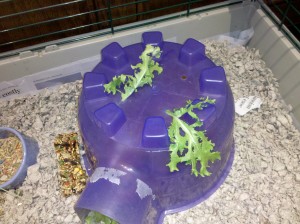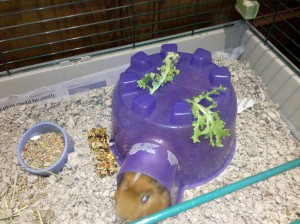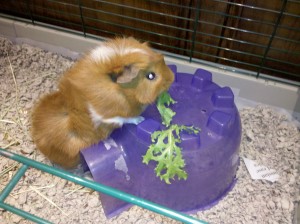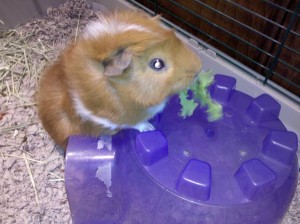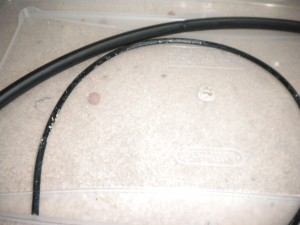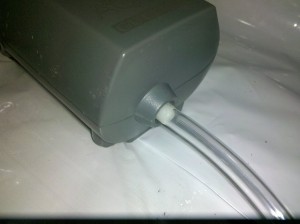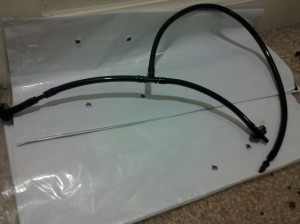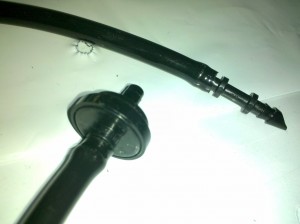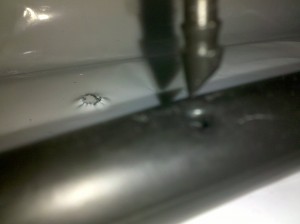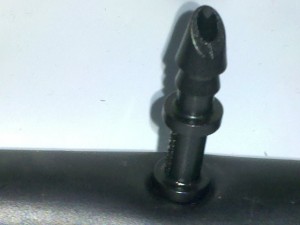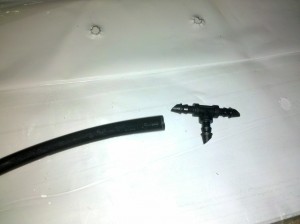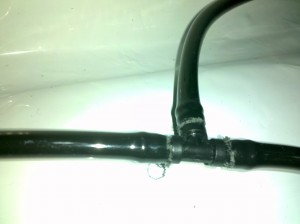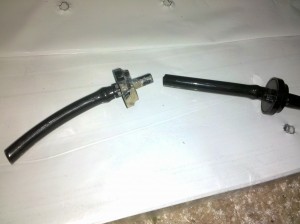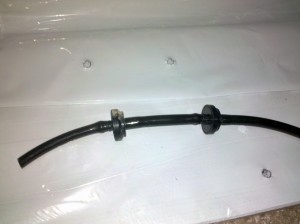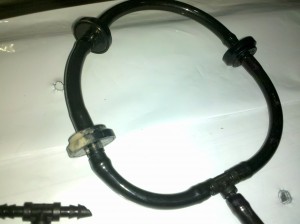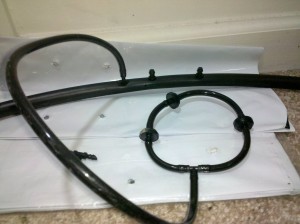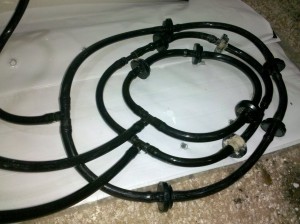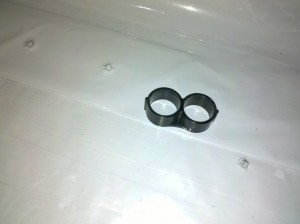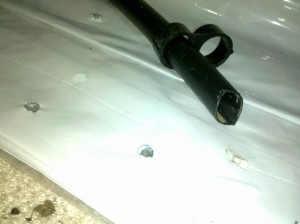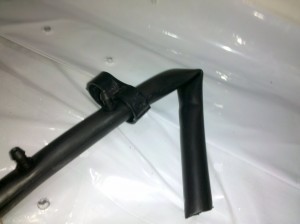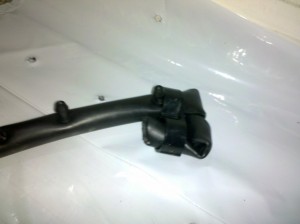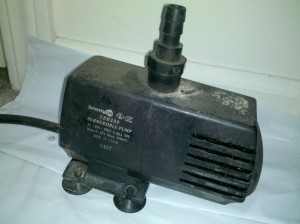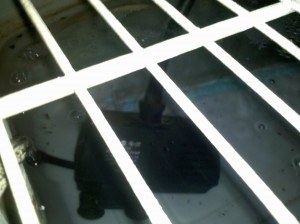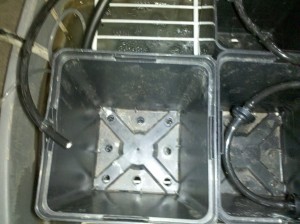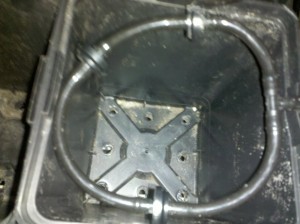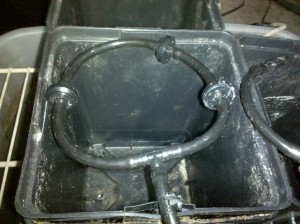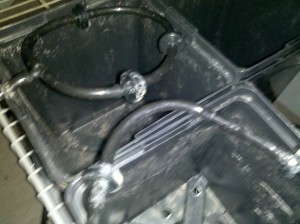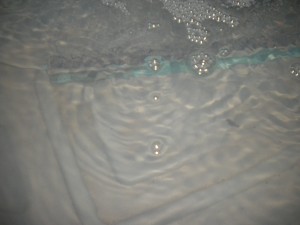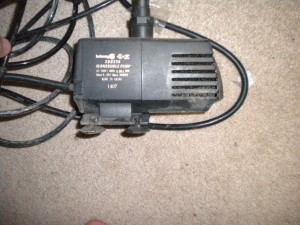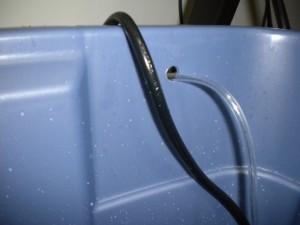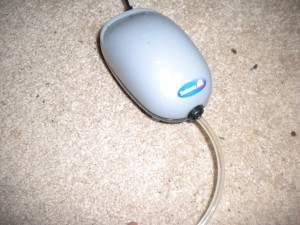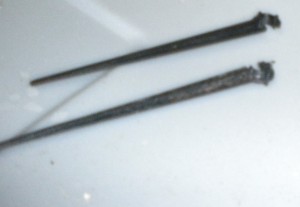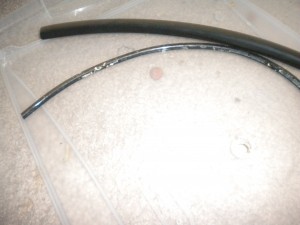A lot of indoor gardeners have trouble getting rid of bugs and insects in the grow room and around the house. The aroma of fresh fruit and blooming flowers attract swarms of bugs and insects. Chemical pest control is not always the best route, but it can provide a secure block around the house. I tried spraying Home Defense Max outside around the perimeter of my house. I also sprayed the cracks in all the doorways and windows. Next, I sprayed a line on the floor around the kitchen. I used the whole bottle around my house after two separate applications about a week apart. If you plan to use Home Defense Max around your grow room or grow box, I would remove your plants from the room before spraying the areas you want to protect. Once the spray drys out and the room airs out you are safe to put your plants back in.
The bug spray is a chemical type of spray with a weird scent. It was not overwhelming though in comparison to some other sprays. I wouldn’t keep this bottle around the children, but I also wouldn’t keep salmonella carrying roaches around either. Make sure to spray with enough time that the zone will not be bothered so it can dry and air out. Despite the chemicals in Home Defense Max- the product seemed to work very well. At the time of spraying I actually wiped out a bunch of bugs just hanging out in the spots I was spraying. Those bugs could have reproduced and made many more bugs. Catch bug infestations early and you will be glad you did. Ortho’s Home Defense Max will help you with your current bug problem and prevent you from having another one.
Buy or read customer reviews of Ortho Home Defense Max here.
